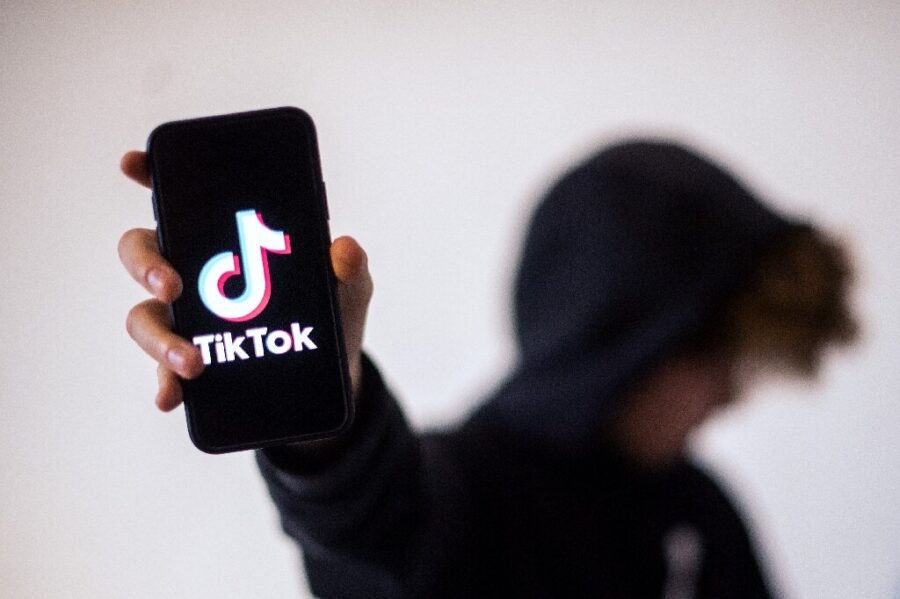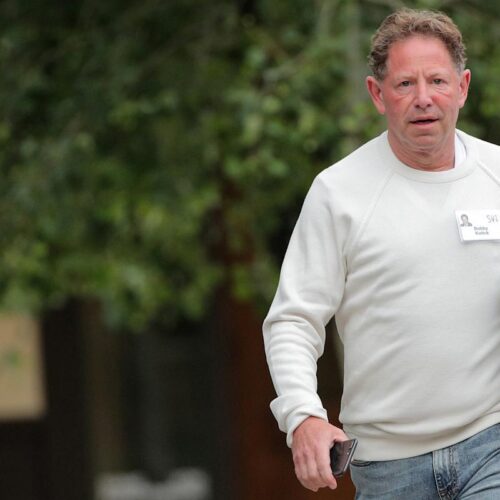Tiktok has promised to do more to combat the spread of dangerous tricks and challenges. Many tiktok challenges are harmless and fun. Others are at risk, such as the challenge of this year’s milk crate, which causes a series of injuries. But good-meaning parents and other adults who want to warn others about dangerous challenges can accidentally increase their awareness – even if the challenge is false.
The company assigned more than 10,000 teenage surveys, parents and teachers in several countries, including the US and Britain. It was found that 31 percent of teenagers have taken part in several types of online challenges.
Teenagers were asked about the level of risk of the challenges they saw online recently, not necessarily in Tiktok. About 48 percent said the challenge was safe, 32 percent said it had little risk and 14 percent described it as risky or dangerous. The respondent said the three percent of the challenges were “very dangerous,” while 0.3 percent said they would take part in the challenges they categorize it.
This study found that 46 percent of adolescents want further information and help understand the risk of challenges, while 31 percent say they “feel the negative impact” of the deception regarding self-damage and suicide. Recognizing and dealing with tricks is not always easy. Thirty-seven percent of adult respondents said they found it difficult to discuss endangering and suicide without attracting their attention.
Tiktok said it had removed the trick and took action to limit their spread, but planned to do more. This will record the video “warnist warning” about false false self-challenges. “Research shows how warnings about self-wounding tricks – even if shared with the best intentions – can have an impact on adolescent welfare because they often treat tricks as real,” Tiktok said. “We will continue to allow the conversation to take place to eliminate panic and promote accurate information.”
Momo’s challenge, for example, is a famous viral trick that many people fall for a few years ago. The spread is exacerbated by those who sound alarms about “challenges,” which are widely claimed to be mistakenly urging children to endanger themselves.
Another safety improvement Tiktok has been made including expanding “technology that helps remind our safety team to suddenly increase in breaking content related to tagars.” Every time a user looks for content that is linked to TOAX or dangerous challenges, they will see a warning label.
The company works with clinical child psychiatrists and behavioral scientists to improve label language. Users who are looking for dangerous tricks and challenges will be encouraged to visit the Tiktok Safety Center to learn about how to recognize them. If the search is connected to a trick that is linked to suicide or injuring yourself, they will see resources such as contact details for national suicide prevention assistance channels.
In the US, the National Suicide Prevention Lifeline is 1-800-273-8255. The crisis text line can be achieved by SMS to 741741 (US), 686868 (Canada), or 85258 (UK). Wikipedia maintains a list of crisis lines for people outside of these countries.




